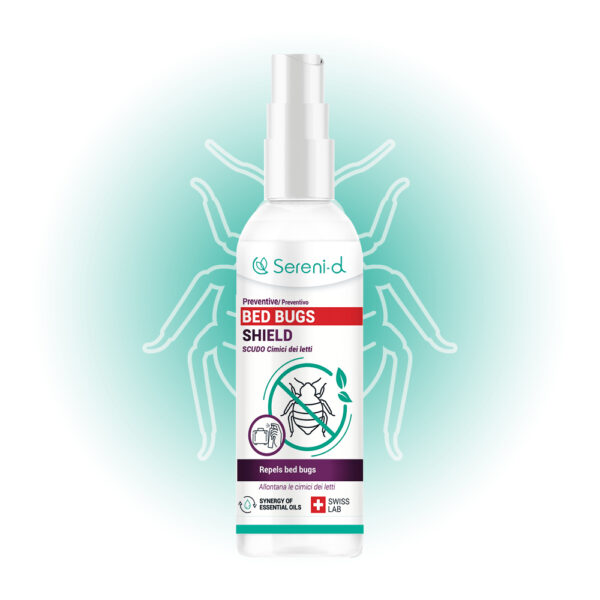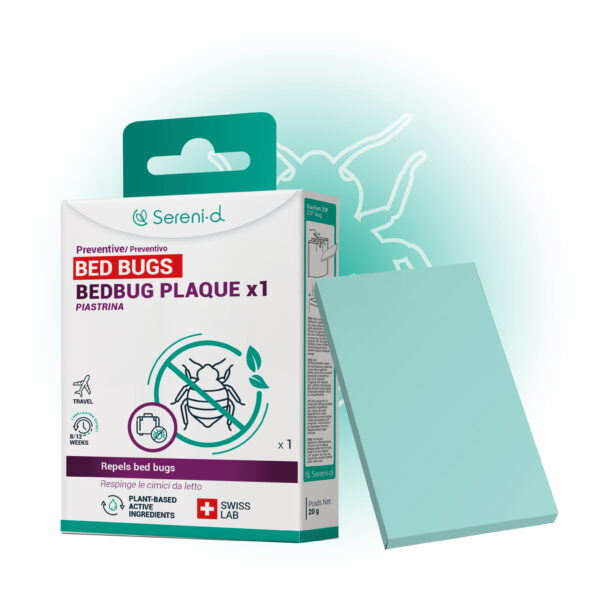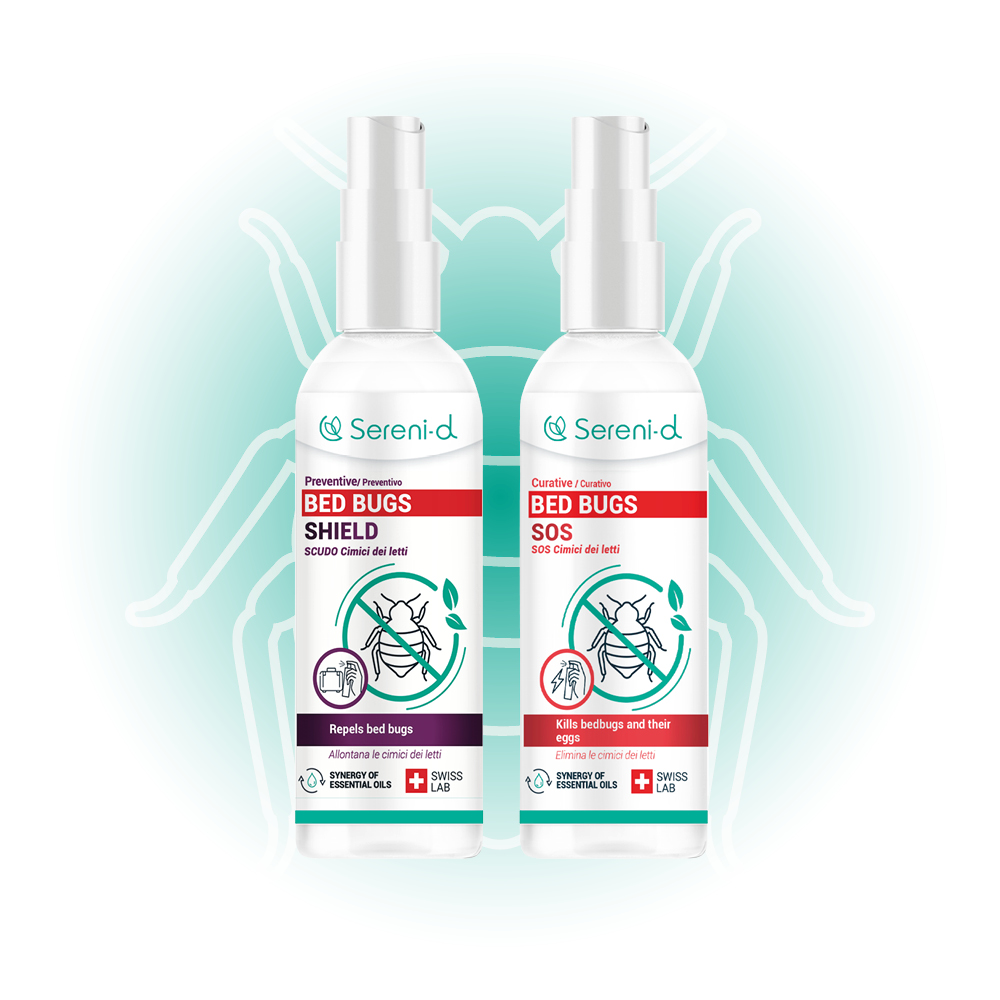A must-see for hiking enthusiasts, Corsica’s GR20 trail attracts many visitors every year. Unfortunately, bed bugs are now invading the lodges, refuges and hostels along the trail. All tourist establishments are affected, even Corsica Ferries boats. With such a high turnover of hikers, it is difficult to get rid of these highly resistant bed bugs. Here are our useful tips to protect yourself against bed bugs during your hike. From packing your bag to returning home, we tell you everything you need to know to ensure your GR20 adventure remains beautiful and unforgettable.
Key information
➡️ The GR20 is particularly prone to bed bugs due to the high number of hikers, shared sleeping arrangements, and wooden shelters that are conducive to infestations.
➡️ Signs to look out for: black or reddish-brown spots on bedding, clusters of itchy bites, insects clustered in seams.
➡️ Good habits when hiking: use a washable sleeping bag, mattress cover or mosquito net, store your belongings in sealed bin bags, inspect each sleeping area.
➡️ In case of bites or contamination: clean the skin, apply a soothing cream, isolate your belongings, then wash or freeze all textiles upon your return.
➡️ Prevention is a collective effort: hikers, shelters and authorities must cooperate to limit the spread and protect the reputation of the GR20 Corsica.
Why are bed bugs present on the GR20?
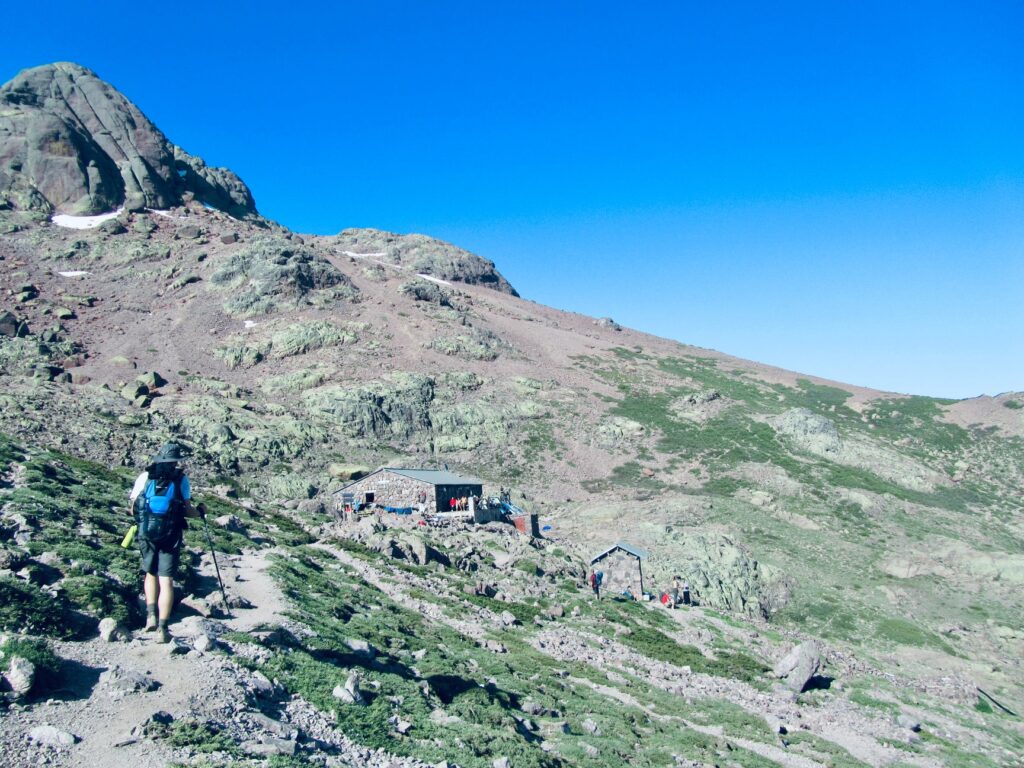
High numbers of hikers
The GR20 trail in Corsica attracts between 15,000 and 18,000 hikers from all over the world every year. This high volume of travellers is the main cause of bed bug infestations. All it takes is for one sleeper to arrive with a contaminated bag or sleeping bag for these tiny blood-sucking insects to take up residence in a refuge. This is what happened, for example, at the Manganu and Usciolu refuges.
Several hikers have also reported infestations in certain mountain huts in the south, particularly around Sartène. Some accounts describe difficult nights with multiple bites, sometimes forcing hikers to sleep outside in tents for lack of a better option.
Ideal conditions in shelters
The shelters and lodges along the GR20 trail provide an environment that is very favourable to bedbugs:
- Shared bedding: mattresses, bed bases, sheets and mattress covers shared by many hikers.
- Woodwork and crevices: bed bugs love to hide in the cracks of wooden bunk beds or furniture.
- Lack of rotation: the beds welcome new sleepers every night, giving bed bugs plenty of time to bite and multiply in clusters.
- Mild temperatures: the higher the temperature, the more bed bugs there are.
Aware of the problem, the authorities decided to take action. Since 2019, the lodges have been regularly disinfected. In addition, under the leadership of PNRC president Jacques Costa, the wooden structures of the refuges have been replaced with plasterboard. The whitewashed walls have also been rendered..
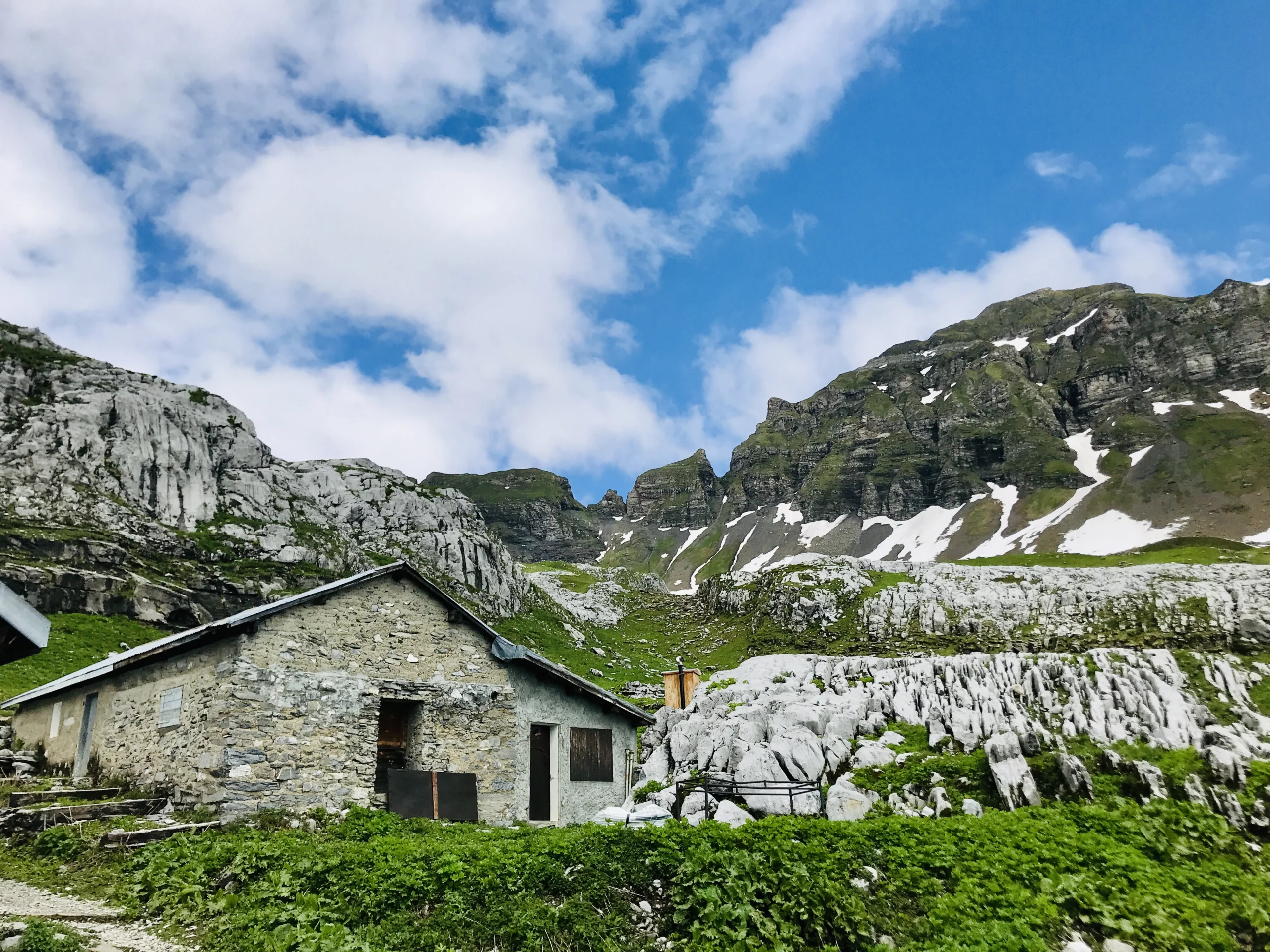
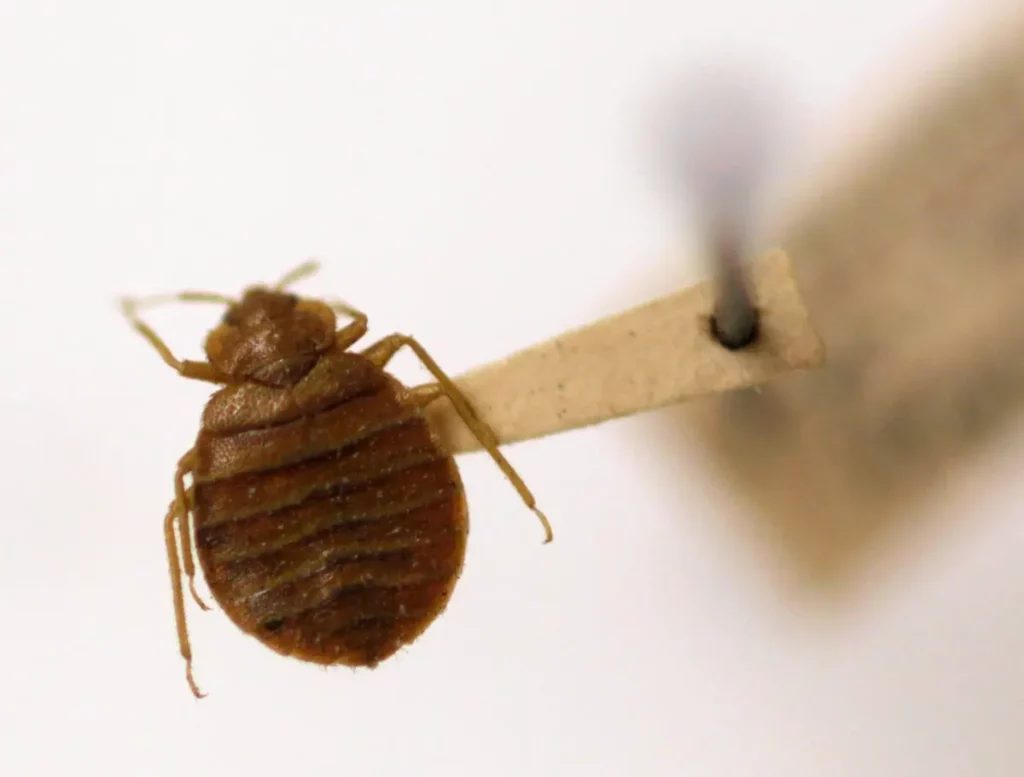
Highly resistant insects
These insects are known for their incredible resistance. A bug can survive for several months without feeding, allowing it to wait between two groups of walkers. Furthermore, winter temperatures in Corsica are not low enough to eliminate them completely. They therefore remain established from one season to the next.
In addition, their natural predators are rare.
The shipping company Corsica Ferries also affected
The bed bug problem in Corsica is not limited to the GR20 refuges. Even the ships of the Corsica Ferries company, which provide the link between the mainland and the island, have experienced this problem.
Aware of the impact on its image, the company explains its prevention measures. “We have had a protocol in place since 2021, but we cannot determine its effects with any precision. We call in a specialist company and systematically intervene as soon as a passenger reports the presence of pests, we are assured. In 80% of cases, it is a false alarm. “
How to recognise a bed bug infestation in a shelter
Before laying out your sleeping bag and settling down for the night in a shelter, here’s how to check that the dormitory is free of bed bugs.
1) Stained bedding
- Black spots on sheets, mattress seams or bed bases: these are bedbug droppings.
- Brown-red marks: small marks left after a bite or when a bedbug is crushed during sleep.
- Moulted skin or shells: often stuck along seams or on mattress covers.
If there is insufficient light, do not hesitate to use the torch on your mobile phone..
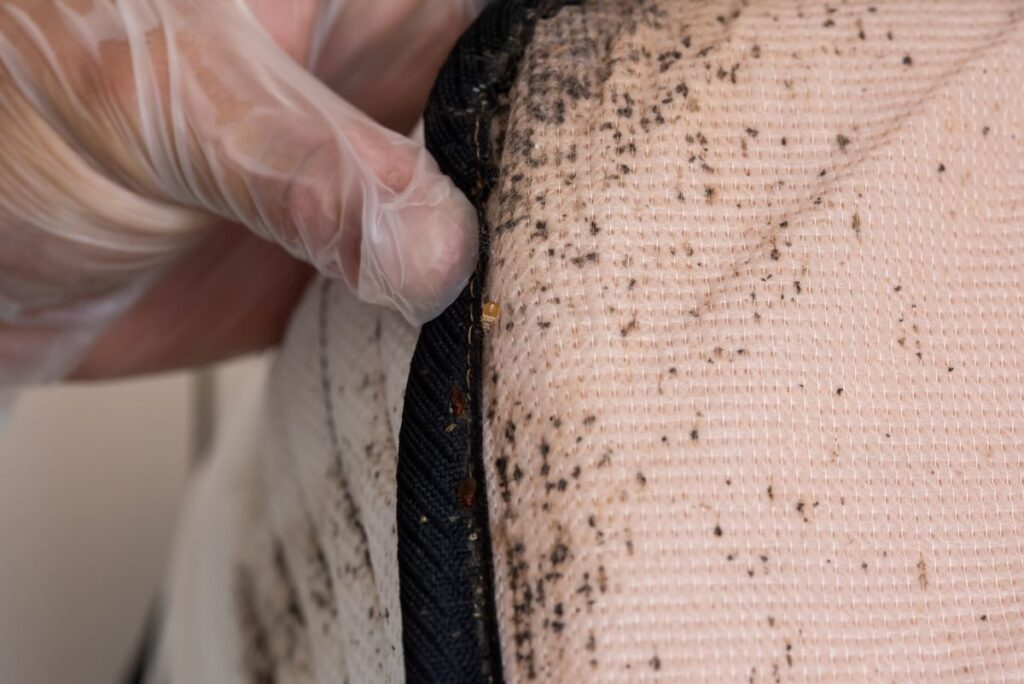
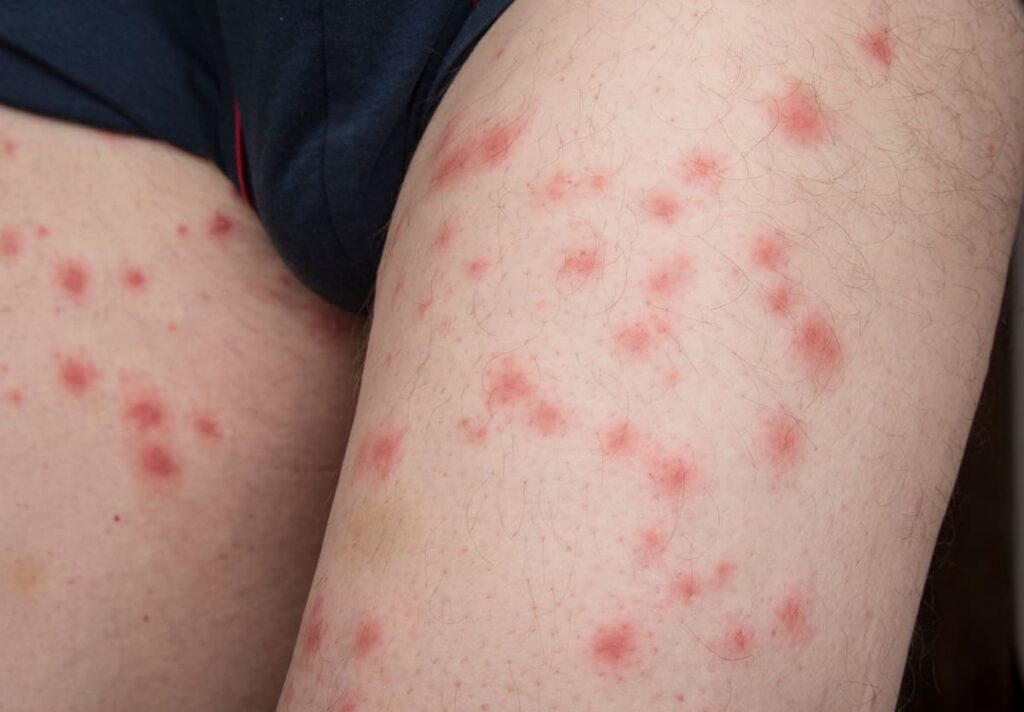
2) Bites on the skin
Lined up or clustered together, bed bug bites most often appear after a night in a shelter. They itch intensely and the sensation can last for several days. The areas most commonly bitten are those in direct contact with the bedding: arms, legs, back or neck.
Although these bites are not dangerous to your health, some people may have allergic reactions..
3) Unusual odours
In a dormitory heavily infested with bed bugs, you may notice a pungent or slightly sweet odour. This is a typical sign of bed bugs, especially when there are many of them.
4) The insects themselves
Although discreet, bed bugs are sometimes visible to the naked eye. Brownish-red in colour, flat and about the size of an apple seed, they often cluster together in the seams of mattresses, behind furniture or in the wooden gaps of beds.
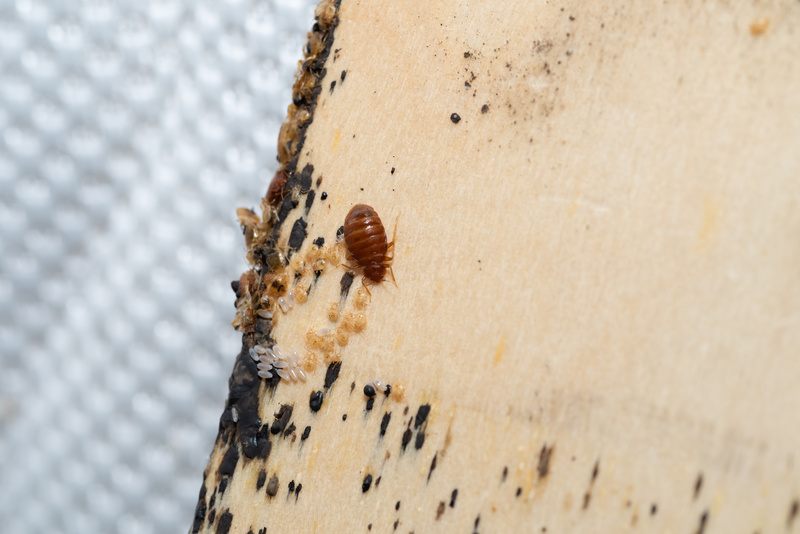
How can you protect yourself from bed bugs while hiking the GR20?
By taking a few simple steps, you can significantly reduce the risk of sharing your nights with bed bugs.
Before you leave
➡️ Choose a washable duvet: opt for a lightweight sleeping bag that is easy to machine wash after your stay.
➡️ Bring a protective cover or a small sleeping net: these add a physical barrier between you and the mattress.
➡️ Bring a few airtight bin bags: these are very handy for isolating your clothes or duvet if you suspect an infestation.
➡️ Travel light: compact, well-organised equipment.
In shelters
➡️ Always inspect your bed before settling in: check the mattress, sheets, bed base and corners of the bed.
➡️ Use your own mattress protector or washable sheet to limit direct contact with the bedding.
➡️ Do not place your bag directly on beds or furniture: hang it up or place it on a hard surface, away from other beds.
➡️ When you wake up, shake out your nightwear and sleeping bag outside.
➡️ Store your clothes in sealed bags rather than leaving them lying around in the dormitory.
For more information: Guide to protecting yourself from bed bugs in hiking shelters.
Protect yourself from bites with repellent spray
You can use SHIELD by Sereni-d, a preventative repellent made from essential oils such as tea tree and clove. Spray it on your nightwear (preferably long clothes that cling to the skin) and your sleeping bag to repel bed bugs. This will prevent them from biting you at night. Also spray the outside of your rucksack and zips to prevent bed bugs, which are attracted to the smell of dirty clothes, from getting inside and laying eggs..
SHIELD Bed Bug for Clothing
• Preventive spray against bed bugs
• Repels bed bugs as a preventive measure
• Durable, safe and long-lasting protection
• Over 200,000 satisfied Sereni-d® customers
CONCENTRATED FORMULA – MAXIMUM RESULT
In stock
You can also place a Sereni-d repellent travel pad inside your bag for double protection.
TRAVEL PLAQUE Repellent Bed Bug
- Travel repellent plaque against bed bugs
- Repels bed bugs in a preventive context
- Durable, safe, and long-lasting protection
- Over 250,000 satisfied Sereni-d® customers
CONCENTRATED FORMULA – MAXIMUM RESULT
In stock
What should you do if you are bitten or your belongings are contaminated?
There is no need to panic or feel ashamed, as bed bugs have nothing to do with poor hygiene.
Here are some simple measures to avoid bringing bed bugs home with you after your holiday in Corsica.
Treat bites immediately
- Avoid scratching too much: even if the itching is severe, this can cause wounds or secondary infection.
- Clean the skin with water and mild soap to reduce the risk of infection.
- Apply a soothing or calming cream (anti-itching type or mild cortisone-based if necessary).
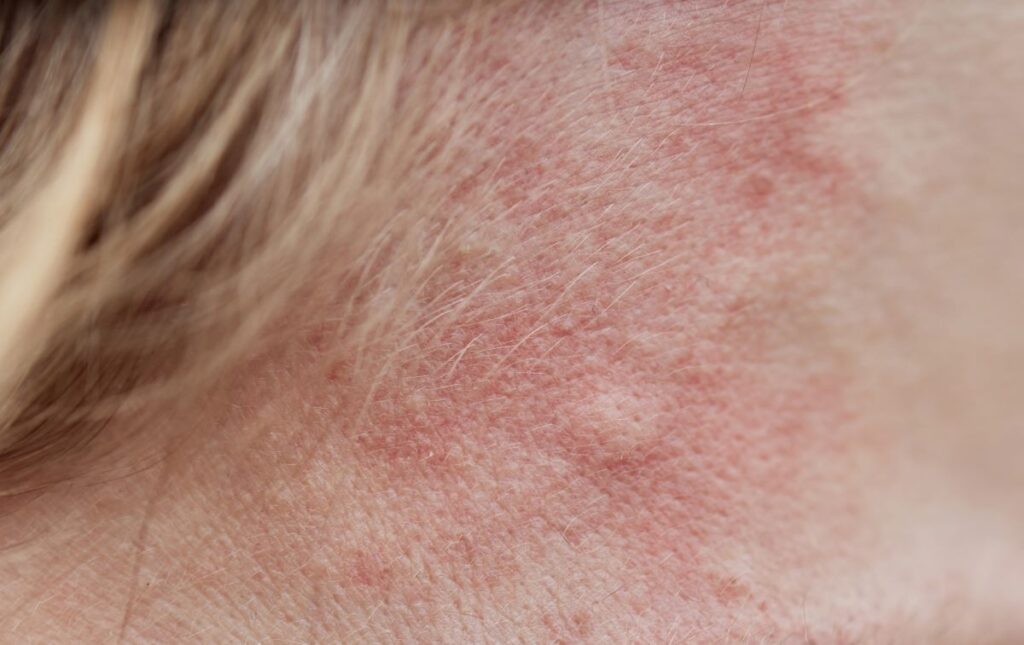
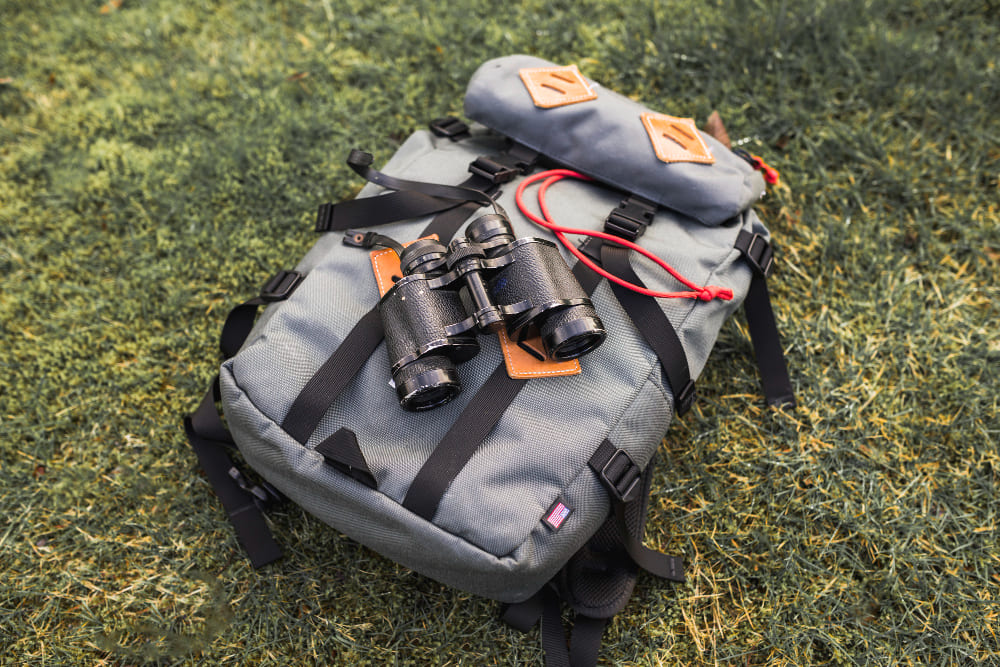
Isolate your contaminated belongings
- Place any suspicious clothing, sheets or duvets in sealed bin bags to avoid contaminating the rest of the group or any bedding that is still clean.
- Store these items separately until you can wash them properly.
When you return from your hike
- Unpack your belongings outside or in the bathtub, and definitely not on your bed!
- Wash all your textiles at 60°C or put them in a hot tumble dryer for at least 30 minutes.
- For non-washable equipment (technical down, mosquito nets, covers), freeze at -20°C for 72 hours.
- Vacuum your luggage thoroughly (seams, pockets, fastenings), then throw the vacuum cleaner bag in a closed bin.
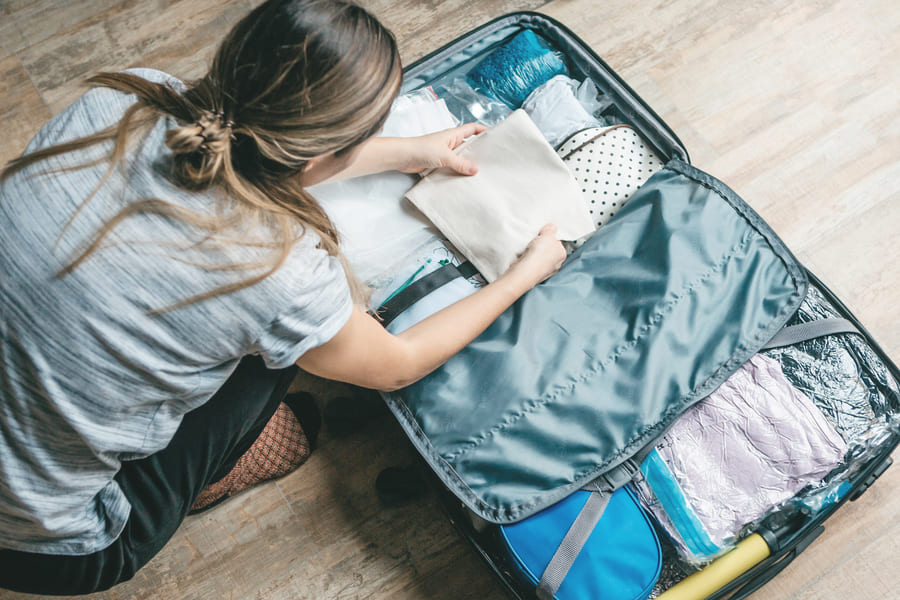
The importance of collective prevention on the GR20
According to Joseph Magnavacca, the current director of the Corsican Environment Office: ‘The most important thing when it comes to bed bugs is to act quickly and effectively; communication is key.’
On a trail as popular as the GR20 in Corsica, the fight against bed bugs cannot rely solely on hikers. It must be collective and coordinated.
Here’s how everyone can help.
The role of refuges and lodges
- Implement regular and thorough cleaning of bedding.
- Replace infested mattresses or bed bases and favour structures without gaps.
- Apply strict disinfection guidelines and provide sleepers with washable and well-maintained linen.
- Raise awareness among walkers by displaying best practices in dormitories.
- The Corsican Regional Nature Park (PNRC) already oversees actions such as replacing woodwork and distributing preventive flyers.
- Local authorities and town halls can also support lodgings by funding regular disinfection and information campaigns.
The role of hikers
- Immediately report any suspected infestation, without shame or taboo.
- Follow best practices: inspect your bedding, use a mattress protector or mosquito net, and store your belongings in airtight bags.
- Share information with other sleepers to limit the risk of spreading the infestation.
See also:

